Time For Some Kitchen Charts To Help You Adult Better ;)

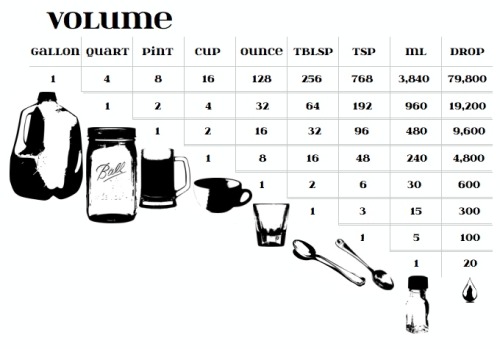
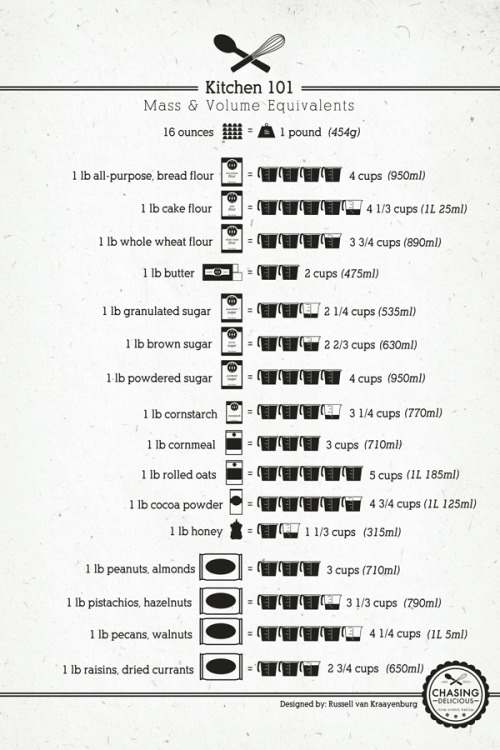
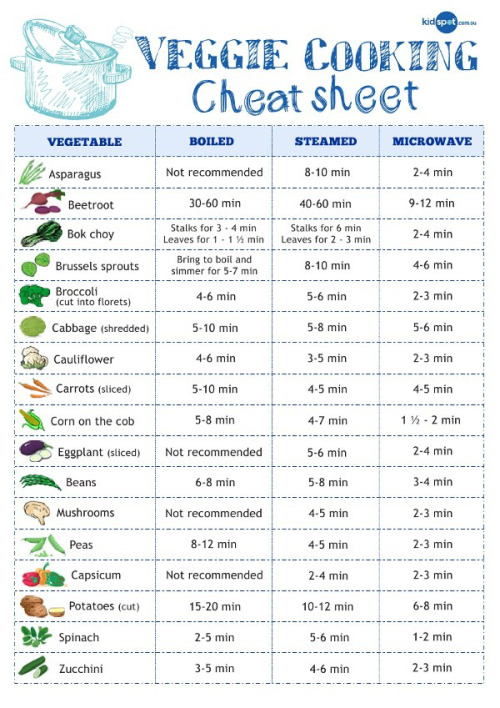

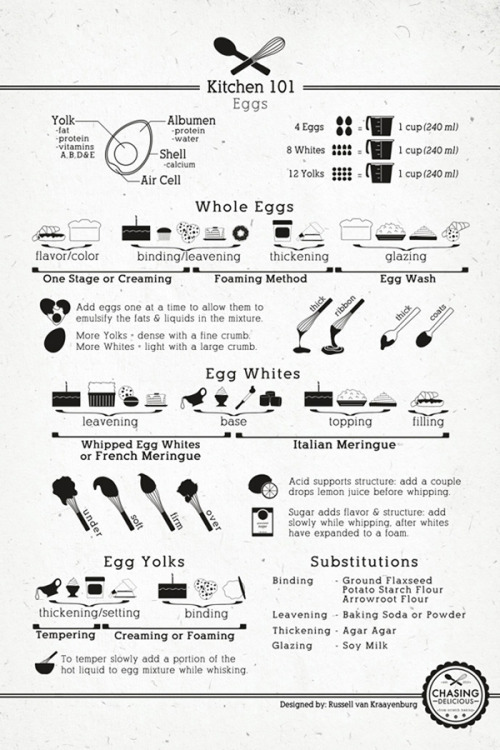
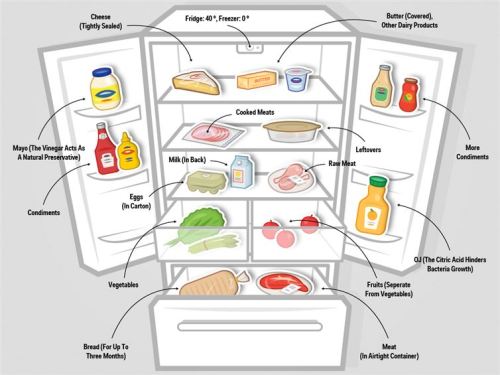
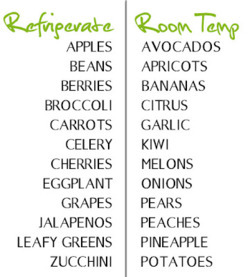
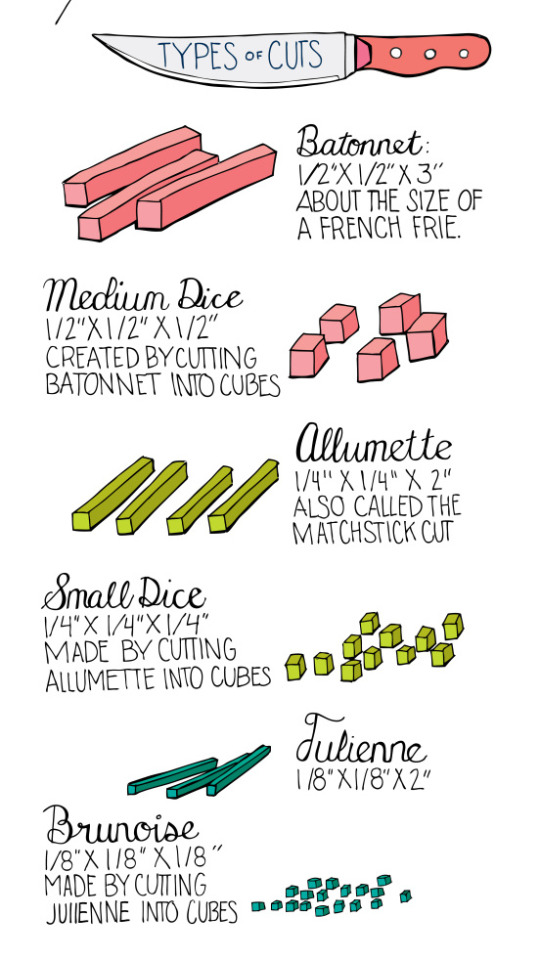
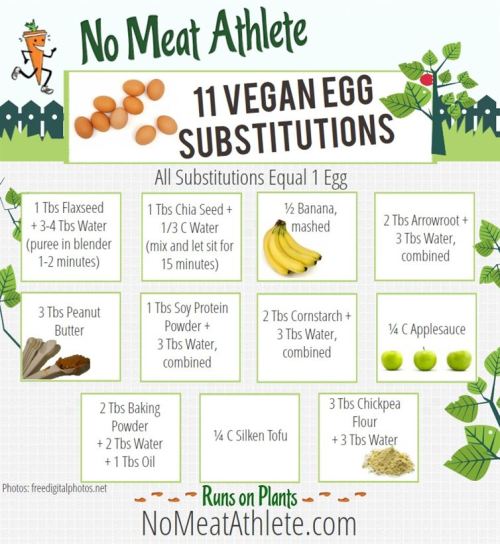
Time for some kitchen charts to help you adult better ;)
More Posts from Lilhaileyfoofoo and Others


Resources For Worldbuilding

Culture & Society
Creating Fictional Holidays
Music For Your Fantasy World
Creating Religions & Belief Systems
How to Design Your Diabolical Cult
Historically Accurate Sexism in Fantasy: Let’s Unpack That
Debate with the Squirrels: Sexism in Fantasy
Feudalism
Using Politics In Fantasy Fiction
Mythic Justice – Crime and Punishment in Your Fantasy World
Government Worldbuilding
Realistic Political Strife
A Politics Of Worldbuilding
Language
Creating a Language
The Language Construction Kit
The International Phonetic Alphabet – Audio Illustrations
Fantasy Name Generator
Geographic Names
Medieval Names Archive
Squid Name Generator
Model Languages
Xenolinguistics
History
Prehistory
Mythos
History
Today
Myths, Creatures, and Folklore
Encyclopedia Mythica
The Ancient History Encyclopedia
Using History as Inspiration for Fantasy
Victorian Era Family Day Life in England
Peasant Life in the Middle Ages
Everyday Life in the Middle Ages
English Monarchs
Feudal Japan
The Story and Structure of the Iroquois Confederacy
Science + Geography
Dimensions
Solar Bodies
Climatology
Planetary Geography
Water Geography
Cartography, Maps, Star Charts, and Writing
Fundamentals of Physical Geography
Dating of Middle-earth events, using Precession of the Equinoxes and Tidal Friction
Orbital Operations in Science Fiction
Planet Designer
Artificial gravity calculator
Natural gravity calculator
Selden’s Catalogs of Objects for Celestia
Medieval Technology
Defining the Source, Effects, and Cost of Magic
How to Create a Rational Magic System
Miscellaneous
/r/worldbuilding
Fantasy World Generator
SciFi World Generator
Focused Ambiguity: Using Metaphor in Fantasy Writing
Space Engine
Terragen
The Five foundations of Worldbuilding
Setting the Fantastic in the Everyday World
Support Wordsnstuff!
If you enjoy my blog and wish for it to continue being updated frequently and for me to continue putting my energy toward answering your questions, please consider Buying Me A Coffee.
Request Resources, Tips, Playlists, or Prompt Lists
Instagram // Twitter //Facebook //#wordsnstuff
FAQ //monthly writing challenges // Masterlist
hey so protip if you have abusive parents and need to get around the house as quietly as possible, stay close to furniture and other heavy stuff because the floor is settled there and it’s less likely to creak
Guess whose getting ‘Bopped’ next?!
little bunny foo foo i think youre fucked for what you did to those field mice and i will see your head on a spike before the sun sets
site that you can type in the definition of a word and get the word
site for when you can only remember part of a word/its definition
site that gives you words that rhyme with a word
site that gives you synonyms and antonyms
Irish people; The faeries aren’t real
Irish people; No fucking way will I go in that faerie ring










This is the man I choose to love

Geology of Natural Disasters and How to write them into your fictional universe.
So, you want to write about a natural disaster to advance your plot and torture your players/characters even more? Let me tell you how, accurately.
I feel like unless it is a volcano, natural disasters are a pretty slept on plot drivers, and some of them are really cool and unique! Today, I will talk to you about land slides, earthquakes (And earthquake related disasters), and volcanoes.
Landslides: Probably one I see the least in stories, but one that would be incredibly interesting to write into a plot where they believe in curses. Landslides can happen along ocean bluffs, slightly hilly areas, and highly mountainous areas, this means it is something that can happen in most landscapes. But what can trigger a landslide? Mostly all you need to trigger a landslide could be just abnormally large amounts of rain, excessive deforestation (with a little bit of rain), or an earthquake. If you don't want to use deforestation or an earthquake as a catalyst, a really cool indicator that the land is slipping and may be prone to a collapse is J hooked trees.

This indicates that there is soil creeping slowly over time, and it may lead to a major landslide.
2. Earthquakes: Probably one of the easiest things to write, earthquakes can happen anywhere, but they are most common in places that are tectonically active areas. There are about three types of environments you can expect earthquakes to be common. The first is just rugged mountains, if your landscape looks like this, you should write in earthquakes. Associated hazards could be landslides, avalanches, and large falling rocks.

The next landscape could be a thin mountain range, next to the ocean, very scenic, but very dangerous. Essentially, I am describing a subduction zone environment.

Earthquakes in these areas could equal a couple different associated disasters. Scenario one: A very large earthquake happens, and the ocean begins to recede. This is a tsunami, enough said. If you are writing a tsunami though, please, please, do not write it as a large wave, thank you. Also, a common way people are hurt by tsunami's are from them going into the ocean because they don't understand a tsunami is going to happen.

Scenario two: A large earthquake happens, your characters are in a valley and suddenly the ground begins to liquify as the ground shakes, once the shaking stops, the ground becomes solid like nothing ever happened, except everything has suddenly sunk into the now hard ground. This is called liquefaction and it typically happens in areas that have loose dirt or lots of saturated soil.

Scenario three: There are a lot of small earthquakes, they do not cause a lot of damage, but you begin to notice that one of the isolated mountains has a plume rising. Earthquakes can indicate lava moving underground and the filling of magma chambers.

The next environment that can host lots of earthquakes would be regions that have a lot of really deep valleys and small mountain ranges (not cone volcanoes), but overall seems pretty flat.

This indicates a transform fault like the San Andreas. If you want to hint at there being earthquakes in the area, you can show fence posts that are suddenly several feet out of line at a dilapidated farm or something similar.

(These earthquakes are different because they are cased from sideways movement, not an up-and-down movement this hint can only be used for this environment). Volcanoes would not be found here, but liquefaction and landslides could still occur here.
4. Volcanoes: If you thought earthquakes had a lot of information, volcanoes do too. First you have to ask yourself, what kind of volcano you want to have, what kind of eruption style? So lets break down the kind of eruptions you can have and what their landscapes look like. Hawaiian Shield volcano: This will produce a smooth fast lava, the landscape typically is pretty flat, but there will be small cones and the rocks can have a ropey or jagged texture and the rocks will be almost exclusively black to dark red.

Stratovolcanoes: These will be solitary mountains, typically, that look like perfect cones (Picture shown in earthquake section). These will have large ash cloud eruptions and pyroclastic flows, they may have some lava, but typically most damage is done from the pyroclastic flows (think Pompeii). Some hints of these, other than describing the cone features (which can be hidden by other mountains), would be to talk about petrified wood! Trees can get fossilized in the ash and I imagine it would be very strange to find this rock that clearly looks to be a piece of wood, but its a rock. Subcategory- Calderas: Used to be a large stratovolcano, but they erupt so explosively that the entire cone collapses and creates a basin.

There are a lot of kinds of volcanoes out there, so forgive me for just putting an infographic and then talking to you about these really rare types of eruptions that I feel like people should know about.

Okay lets talk about blue lava (kind of) and black lava

You will notice the lava is still red in the middle of this image, during the day these would look like a normal eruption, but at night the burning sulfur would make it appear blue. Some cool features other than this, would be that any water in the area would become very acidic and burn the skin due to sulfuric acid. This would again be really cool if you are trying to describe a 'cursed' land.
Black lava: This happens only in the east African rift I believe, but it is a carbonatite lava, but if you are writing in a rift valley (where the continent is tearing apart to form a new ocean) this might be a cool feature. The lava will cool white and will quickly erode, it makes for a very alien landscape!

Anyway as always, this is supposed to be an introductive guide for the basics of writing geology to create cool landscapes/features into dnd or fictional universes, if you are a geologist please understand my oversimplification of tectonics, I didn't want people to run away.
getting attached to an unpopular ship with little to no fanfics

-
 misaofan reblogged this · 4 weeks ago
misaofan reblogged this · 4 weeks ago -
 yaoiankles reblogged this · 1 month ago
yaoiankles reblogged this · 1 month ago -
 concupiscentlyashen-blog reblogged this · 1 month ago
concupiscentlyashen-blog reblogged this · 1 month ago -
 emeraldthelynx liked this · 1 month ago
emeraldthelynx liked this · 1 month ago -
 myheartismadeofstars liked this · 1 month ago
myheartismadeofstars liked this · 1 month ago -
 homo-varsoviensis reblogged this · 1 month ago
homo-varsoviensis reblogged this · 1 month ago -
 kechara-moon reblogged this · 1 month ago
kechara-moon reblogged this · 1 month ago -
 tv-staticnoise reblogged this · 1 month ago
tv-staticnoise reblogged this · 1 month ago -
 asocialspiders reblogged this · 1 month ago
asocialspiders reblogged this · 1 month ago -
 jace1490 liked this · 1 month ago
jace1490 liked this · 1 month ago -
 homo-varsoviensis liked this · 1 month ago
homo-varsoviensis liked this · 1 month ago -
 grich-witch reblogged this · 1 month ago
grich-witch reblogged this · 1 month ago -
 fightingallmydemons liked this · 1 month ago
fightingallmydemons liked this · 1 month ago -
 just-some-stufff reblogged this · 1 month ago
just-some-stufff reblogged this · 1 month ago -
 leaf-lord liked this · 1 month ago
leaf-lord liked this · 1 month ago -
 huomenhaamu liked this · 1 month ago
huomenhaamu liked this · 1 month ago -
 antarctic-octopus reblogged this · 1 month ago
antarctic-octopus reblogged this · 1 month ago -
 merfolkplantgay reblogged this · 1 month ago
merfolkplantgay reblogged this · 1 month ago -
 seven-pillows liked this · 1 month ago
seven-pillows liked this · 1 month ago -
 z-links-for-later reblogged this · 1 month ago
z-links-for-later reblogged this · 1 month ago -
 zeta999 liked this · 1 month ago
zeta999 liked this · 1 month ago -
 calcifiednonsense liked this · 1 month ago
calcifiednonsense liked this · 1 month ago -
 perfectlyperchedpup reblogged this · 1 month ago
perfectlyperchedpup reblogged this · 1 month ago -
 perfectlyperchedpup liked this · 1 month ago
perfectlyperchedpup liked this · 1 month ago -
 reheatedleftovers reblogged this · 1 month ago
reheatedleftovers reblogged this · 1 month ago -
 ritticus reblogged this · 1 month ago
ritticus reblogged this · 1 month ago -
 the-thresher liked this · 1 month ago
the-thresher liked this · 1 month ago -
 gattsuuu liked this · 1 month ago
gattsuuu liked this · 1 month ago -
 hrhjason liked this · 1 month ago
hrhjason liked this · 1 month ago -
 actuallybisexualjakeenglish reblogged this · 1 month ago
actuallybisexualjakeenglish reblogged this · 1 month ago -
 taykoutmccleod reblogged this · 1 month ago
taykoutmccleod reblogged this · 1 month ago -
 taykoutmccleod liked this · 1 month ago
taykoutmccleod liked this · 1 month ago -
 auxiliari liked this · 1 month ago
auxiliari liked this · 1 month ago -
 locked-dog reblogged this · 1 month ago
locked-dog reblogged this · 1 month ago -
 flagonage liked this · 1 month ago
flagonage liked this · 1 month ago -
 manyworldssurround reblogged this · 1 month ago
manyworldssurround reblogged this · 1 month ago -
 manyworldssurround liked this · 1 month ago
manyworldssurround liked this · 1 month ago -
 blankboi25 liked this · 1 month ago
blankboi25 liked this · 1 month ago -
 wanderinthedeep liked this · 1 month ago
wanderinthedeep liked this · 1 month ago -
 reblogyourgays reblogged this · 1 month ago
reblogyourgays reblogged this · 1 month ago -
 gaystonedmusings reblogged this · 1 month ago
gaystonedmusings reblogged this · 1 month ago -
 reblogyourgays liked this · 1 month ago
reblogyourgays liked this · 1 month ago -
 saledellaterra reblogged this · 1 month ago
saledellaterra reblogged this · 1 month ago -
 saledellaterra liked this · 1 month ago
saledellaterra liked this · 1 month ago -
 howaboutahat reblogged this · 1 month ago
howaboutahat reblogged this · 1 month ago -
 cafememaintenaitenvie liked this · 1 month ago
cafememaintenaitenvie liked this · 1 month ago -
 satyr-hole reblogged this · 1 month ago
satyr-hole reblogged this · 1 month ago -
 biosmacker reblogged this · 1 month ago
biosmacker reblogged this · 1 month ago

I mostly reblog writing and art related resources here. BLMMy main account is FoofsterRoonie. My art blog is FoofsterArtAnd my writing blog is Foofsterwriting:)
197 posts